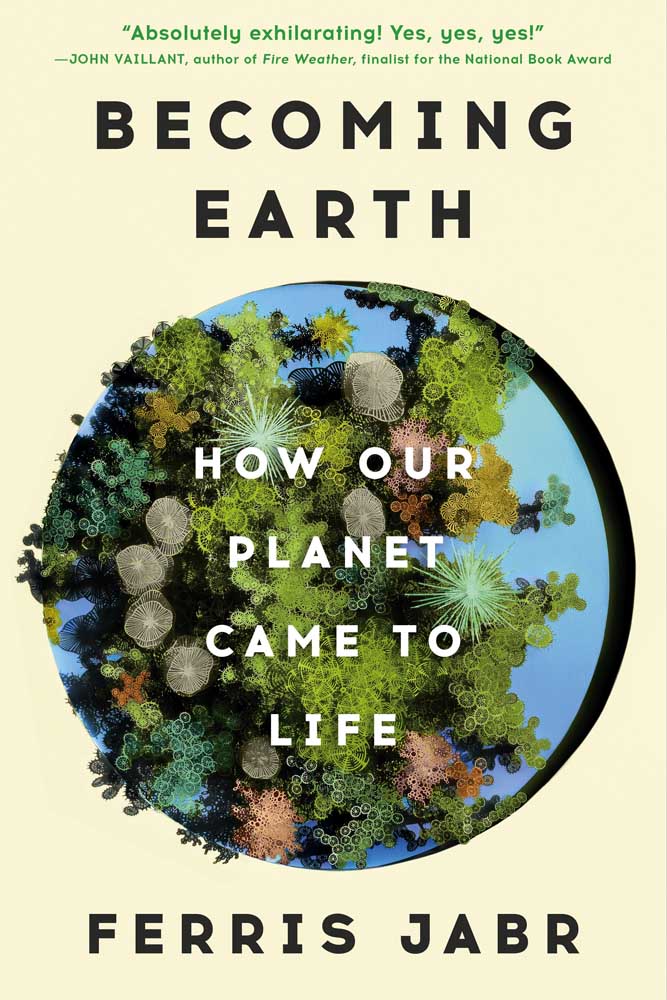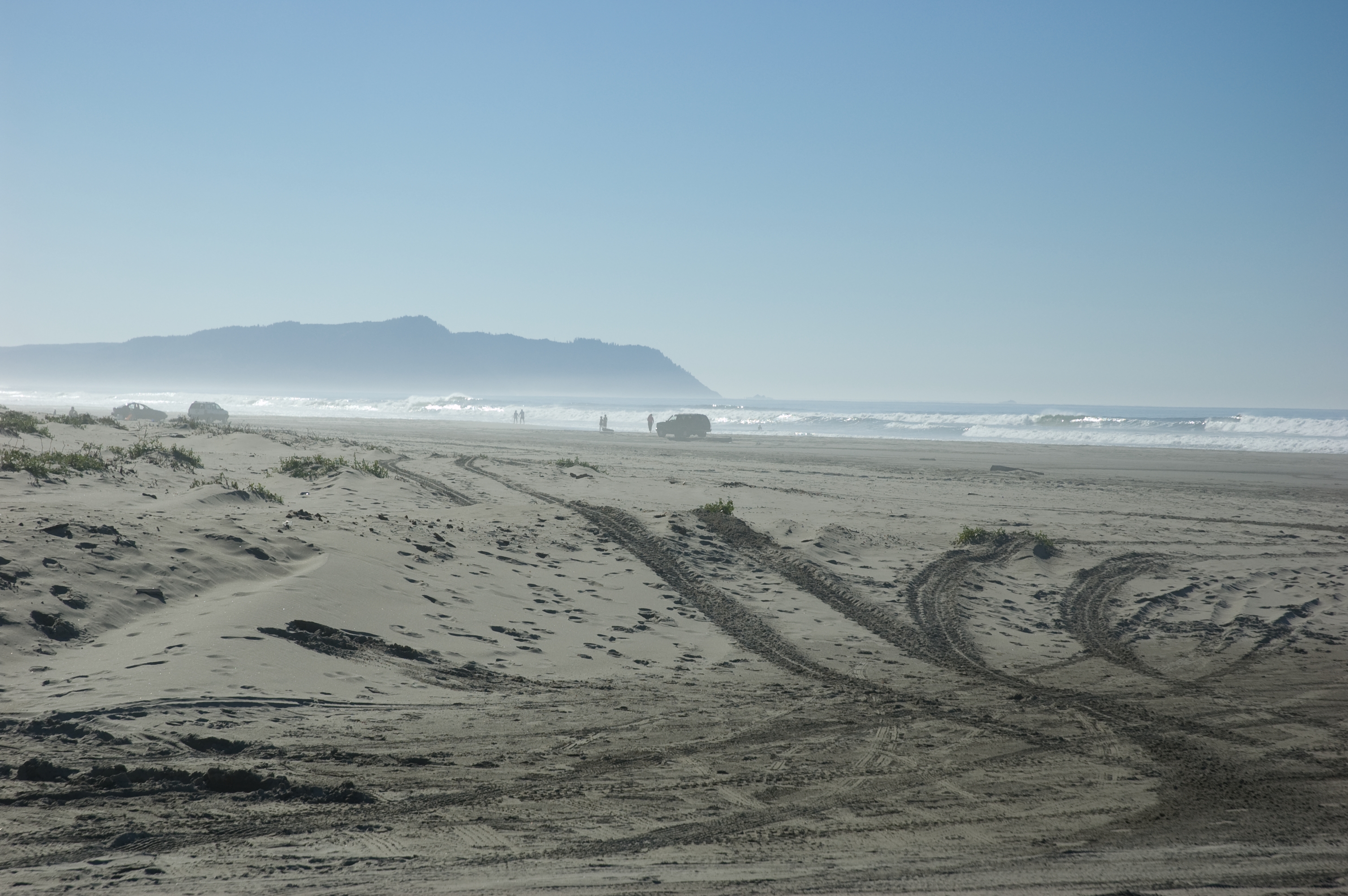Bookmonger: Humans as part of a living planet
Published 9:00 am Monday, November 4, 2024

- In “Becoming Earth,” Portland science writer Ferris Jabr takes an elemental approach to understanding the planet as a living organism, a scientific concept known as Gaia.
For those of us who grew up in the 20th century, our education focused on the primacy of humankind over the environment.
It began with Homo sapiens’ mastery of tools and fire and extended to the discovery and exploration of new worlds. Manifest destiny! Invention and industry! Man on the Moon! Pretty heady stuff.
But with the benefit of continuing, in-depth explorations in the sciences and the humanities, it’s fair to admit now — that approach was blinkered.
“Becoming Earth” by Ferris Jabr
Random House — 304 pp — $30
Ferris Jabr, a Portland-based science writer whose work appears in National Geographic, The New York Times Magazine and Scientific American, illuminates a more spacious perspective in his new book, “Becoming Earth.”
Reviewing traditional beliefs and practices while also accompanying scientists who are conducting cutting-edge research, Jabr probes the vast interdependence of life processes on Earth, from chemical exchanges deep underground to photosynthesis in plants.
Animals as different as elephants and earthworms — whether pawing at or burrowing through the earth’s crust — facilitate the circulation of air, nutrients and water. Life forms from coral and kelp to beaver and hippopotamus re-engineer or otherwise impact water systems in ways that benefit many other species.
“The history of life on Earth is the history of life remaking Earth,” Jabr writes.
He lays out a framework for understanding the scientific concept of Gaia, a living planet, by breaking down the constituent parts of Earth in elemental fashion: beginning with the lithosphere (rock), then moving on to the hydrosphere (water) and the atmosphere.
For each one of these “spheres,” Jabr devotes three chapters.
The first chapter investigates how our planet’s earliest and smallest organisms, microbes, impacted that particular sphere.
The second chapter in each section looks at the changes that occurred in the sphere with the arrival of more complex life forms.
And each of the third chapters considers the impacts our very own species has made, in astonishingly short order, on Earth’s crust, or water, or air.
This, Jabr writes, despite the fact that “One of the many obstacles to public and political reckoning with climate change has been the stubborn notion that humans are not powerful enough to affect the entire planet.”
The author encourages readers to embrace humanity’s capacity to reform our damaging behaviors. He guides readers toward the work that scientists, tribes, conservationists and others are already undertaking to cease our most egregious actions and revise our systems.
Jabr rarely sounds pedantic or preachy. He infuses his narrative with wondrous observations and facts — did you know that rainforests can actually summon rain? Or that some hawks actually wield fire?
He takes readers along on a subterranean visit to meet scientists who are studying microbes living in rock, and again when he herds musk oxen on foot in the Siberian tundra or climbs to the dizzying top of a tower overlooking the Amazon’s jungle canopy.
“Becoming Earth” asks us, in the face of such sublime diversity and community, how can any of us refuse to play our part and try to make things right?









